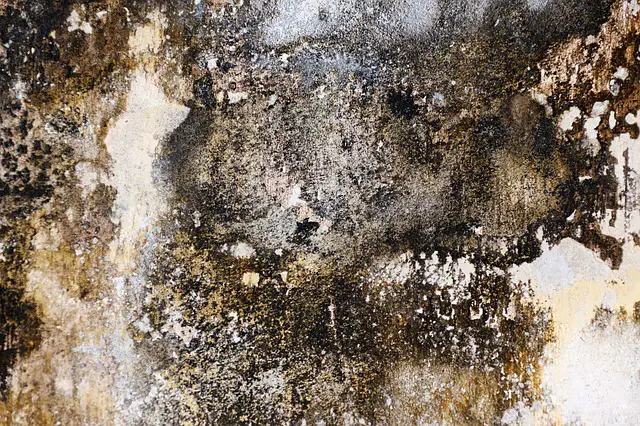Natural disasters have become more common, and there are many people out there worried about water getting into their home and causing mold to grow. One thing to know about mold is not all are dangerous – there is a good chance your home has it. The type of mold and amount will determine whether it is dangerous.
Mold can be a little hard to detect because you cannot smell it and it can be hard to see. There is a wide range of options out there when it comes to mold inspection services. You will be spending some money on this, making it important to choose the right option.
There are some tips from experts at WA Environmental that will go a long way in helping you keep your home safe without having to spend a lot of money.
1. Do Your Research
Many people will choose the first option they come across and won’t bother with research, but you should. You should check out the referrals, credentials, and references. There are many mold assessors working out there that did not get the best training, and there is a good chance they won’t be able to provide quality services. Getting a certification can sometimes be easy. This is why it is a good idea to look at their experience.
2. Slower Is Better
It is important to be careful when dealing with inspectors who come up with a conclusion too fast. A good inspection will involve thorough visual inspection that will look out for signs of moisture and mold, the health of the people living in the property, history of the home’s problem, and the temperature and moisture readings. It can take between one to three hours, but the size of the home will play a hand in determining how long.
3. Tests do not Give all the Answers
EPA claims that it is not a must to do sampling when there is no visible mold growth, but it can important in determining whether there is hidden mold. You should be careful if the expert is just testing for samples and basing mold remediation on only sampling.
4. Do Not Think Extreme
When dealing with mold problems, you should try out the least intrusive approaches first. If there are signs of moisture and mold, the inspector can opt for more invasive options and peel a layer. The process of checking for mold is step-by-step.
Benefits of Mold Inspections
Mold spores, which are not visible to the eye, travel through the air. When it is outside, mold is helpful. As it moves about it degrades plant material naturally. But when mold is indoors, it can lead to a number of health issues such as respiratory problems, headaches, nausea, and even allergic reactions.
When spores enter the home, given the right conditions, mold has the ability to grow. Warm and damp parts of the residence, such as the kitchen, bathrooms, and laundry areas, serve as a haven for these spores to grow in. Often it is an area that is not visible, such as inside walls, where mold forms. Therefore, if a leak were to spring from a pipe inside a wall you may be unaware of mold for some time, and water can lead to quite a bit of damage.
So, how can you become aware of any mold in the home? The best way is to determine whether or not there is mold in the residence is to enlist the help of a professional mold inspector. According to ServiceMaster’s experts servicing Buncombe County, here are three benefits of receiving a mold inspection on a regular basis:
1. Locate Moisture in the Home
Even if there is no mold inside your home at present, you may have areas in the residence that are at-risk. An inspection can find any existing leaks as well as help pinpoint spots where there is moisture. Getting these issues fixed as soon as possible holds of damage as well as prevents costly damage in the future.
2. Stop Mold in its Tracks
Mold spreads very quickly. Within 48 hours it can grow and begin colonizing in as little as 24 hours. Locating it and then ridding the area of it permanently stops it from spreading throughout the home.
3. Prevent Health Issues
Mold is a danger to the majority of people, and most don’t even realize that they have been exposed. Initially, the signs of exposure may be mild, such as a headache, congestion, runny nose, and a cough. These symptoms may be taken as a sign of something else. However, they won’t improve so long as the individual is still exposed to mold. These can develop into something serious, such as chronic asthma. Regular mold inspections will ease this risk.


Leave a Reply
You must be logged in to post a comment.